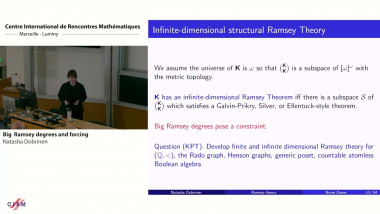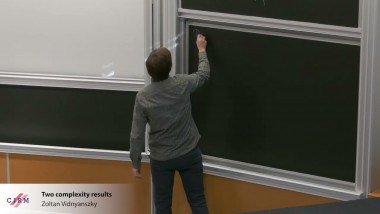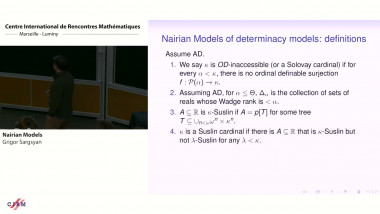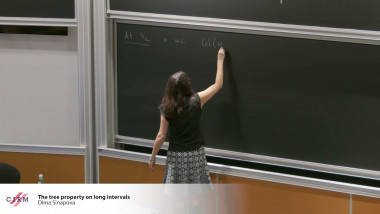Collection Topological semantics for modal logic
Topological semantics for modal logic was introduced by McKinsey and Tarski in the 1940s. There are two kinds of topological interpretations for modal operators proposing two di erent semantics: c-semantics and d-semantics. In this course, we rst consider the c-semantics, in which the modal operator Å is interpreted as the closure operator. We provide examples showing that some topological properties are de nable in modal logic. Then we discuss the idea of proving some signi cant completeness results. For example, we show that the logic of all topological spaces, as well as the real line, is S4 with respect to the c-semantics. Then we investigate the d-semantics, in which Å is interpreted as the derived-set operator. With some examples, we see that the d-semantics is more expressive than the c-semantics. We review a proof showing that the d-logic of all topological spaces is wK4. We also discuss the landscape of the d-logics over some interesting classes of topological spaces, such as Stone spaces. Finally, we speak about the Godel-Lob provability logic, which is complete with respect to scattered spaces and any ordinal ≥ ! equipped with the interval topology.
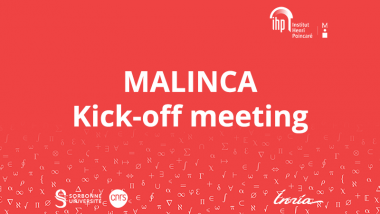










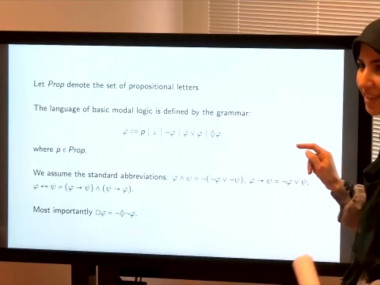

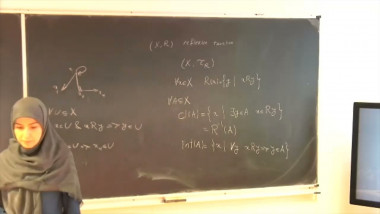
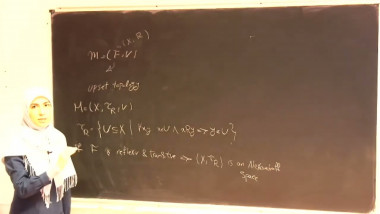
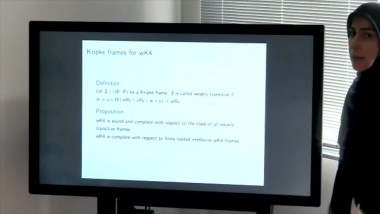
![[1245] Model theory, differential algebra and functional transcendence](/media/cache/video_light/uploads/video/SeminaireBourbaki.jpg)
